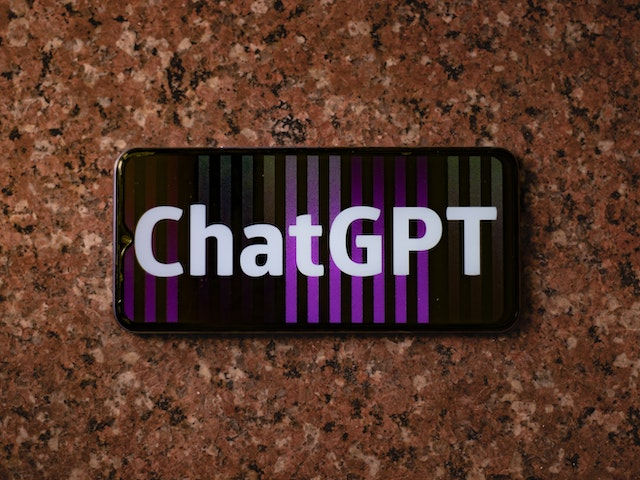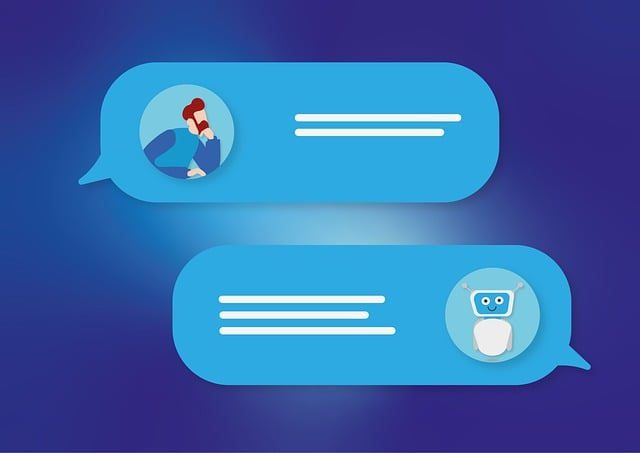Artificial Intelligence has been revolutionizing the digital space for quite some time now. Among the vast spectrum of AI applications, chatbots have made a remarkable impact by enhancing customer service, automating tasks, and offering personalized assistance. With advancements in technology, the chatbot landscape is witnessing a significant shift from rule-based bots to sophisticated AI-powered conversational bots. One technology that has greatly contributed to this paradigm shift is the Generative Pretrained Transformer (GPT). To understand this profound transformation, it’s essential to deconstruct the workings of GPT chatbots and explore their real-world applications.
What is GPT?
Generative Pretrained Transformer (GPT), developed by OpenAI, is a powerful language prediction model that uses machine learning to produce human-like text. With its initial version released in 2018, GPT has undergone multiple iterations, each one more advanced than its predecessor. GPT-3, the most recent version as of my knowledge cut-off in September 2021, is equipped with an astonishing 175 billion machine learning parameters, making it the most powerful language model to date.
GPT is based on a transformer architecture, which allows it to handle long-range dependencies in text effectively. The “pretrained” aspect of GPT refers to the extensive training it undergoes on vast volumes of text data before deployment, enabling it to generate text that is contextually relevant, grammatically correct, and impressively human-like.
While there are many language models out there, what sets GPT apart is its ability to generate fluent and coherent long-form text. This can range from creating poetry and writing essays to generating Python code. With the right prompts, GPT can produce outputs for a wide array of tasks. Some versions of GPT, such as free ChatGPT offer developers and researchers the ability to experiment with this powerful language model without incurring high costs.

Understanding chatbots
Chatbots have been around for a while, starting from rule-based bots that could perform only specific tasks based on predefined rules, to AI-powered bots that use machine learning and natural language processing to understand and respond to user inputs. But what exactly are chatbots?
At their core, chatbots are software applications designed to simulate human-like conversations. They can be classified into two broad categories:
- Rule-based chatbots: these are basic bots that operate based on pre-set rules, they can handle simple queries but fail to process complex requests;
- AI chatbots: these bots leverage AI technologies like Natural Language Processing (NLP) and Machine Learning (ML) to understand, learn, and respond to user queries. They are capable of handling complex interactions and can learn from past interactions to improve future responses.
While AI chatbots represent a considerable improvement over their rule-based counterparts, they still face limitations, especially when it comes to understanding context and generating natural-sounding responses. This is where GPT chatbots come into play.
The intersection of GPT and chatbots
GPT chatbots are AI chatbots powered by the GPT language model. They leverage the power of GPT to understand user inputs and generate human-like responses. By doing so, GPT chatbots overcome the limitations of traditional AI chatbots and deliver a superior conversational experience.
These bots can understand the context, respond to ambiguous queries, and even engage in a multi-turn conversation. With their ability to generate contextually relevant and creative responses, GPT chatbots are revolutionizing various domains, including customer service, content creation, and virtual assistance.
For instance, GPT chatbots can serve as virtual assistants, offering personalized recommendations, setting reminders, and even engaging in casual conversation. In customer service, they can handle complex queries, provide instant responses, and offer 24/7 support, enhancing customer satisfaction and reducing the burden on human agents.
Real-world applications
The transformative power of GPT chatbots extends far beyond the confines of theoretical discussions. They are already making substantial contributions in various industries, reshaping how businesses operate and interact with their customers. To understand their true potential, it’s essential to delve into some real-world applications of GPT chatbots.
Customer service:
Customer service is one of the first areas to be impacted by the GPT revolution. Businesses are deploying GPT chatbots to handle a wide array of customer inquiries, taking over repetitive and mundane tasks. These AI-driven chatbots can handle an extensive range of queries, from simple questions about operating hours to complex product inquiries. In addition, their 24/7 availability ensures customers get instant responses any time they need assistance. This not only leads to higher customer satisfaction but also allows human customer service agents to focus on more complex, higher-value tasks.
Content generation:
Content is king in the digital age, and GPT chatbots are proving to be incredibly adept at generating engaging and contextually relevant content. They are being employed to create everything from engaging blog posts, catchy social media updates, to even comprehensive research articles. GPT chatbots’ ability to generate high-quality content on the fly is reducing the time and effort required in content creation, allowing businesses to keep their content strategies dynamic and responsive.
Virtual assistance:
Personalized assistance is no longer just a luxury but a necessity in our busy lives. GPT chatbots, with their conversational capabilities, are being used as personal virtual assistants. They can help users manage their schedules, set reminders, provide weather updates, and even offer personalized recommendations. Moreover, they can engage in natural, casual conversation, making user interactions more enjoyable and less mechanical.
Education:
The educational sector is leveraging the power of GPT chatbots to create personalized learning experiences. These AI tutors can assist students with homework, explain complex concepts in an easy-to-understand manner, and even generate quizzes for practice. By providing instant feedback and adapting to each student’s learning pace, GPT chatbots are making learning more interactive and engaging.
Healthcare:
In healthcare, GPT chatbots are being used for symptom checking, providing basic health advice, and even mental health counseling. Their ability to understand and respond to user queries in a natural, human-like manner makes them an effective tool for patient engagement. Moreover, they offer round-the-clock support, ensuring patients have access to assistance whenever they need it.
E-commerce:
In the e-commerce sector, GPT chatbots are being employed for product recommendations, answering product-related queries, and providing personalized shopping experiences. Their ability to understand user preferences and shopping behaviour allows them to offer more relevant and personalized suggestions, enhancing the overall shopping experience.
What’s to come?
The combination of GPT and chatbots represents a significant milestone in the journey of AI. These advanced bots not only enhance efficiency and effectiveness but also redefine the boundaries of what’s possible with AI. As we move forward, the capabilities of GPT chatbots are only expected to increase, opening new avenues and opportunities. In the words of Alan Kay, “The best way to predict the future is to invent it.” And with GPT chatbots, we are indeed inventing a future where AI is not just a tool but a companion, helping us navigate the complexities of life in the digital age.

